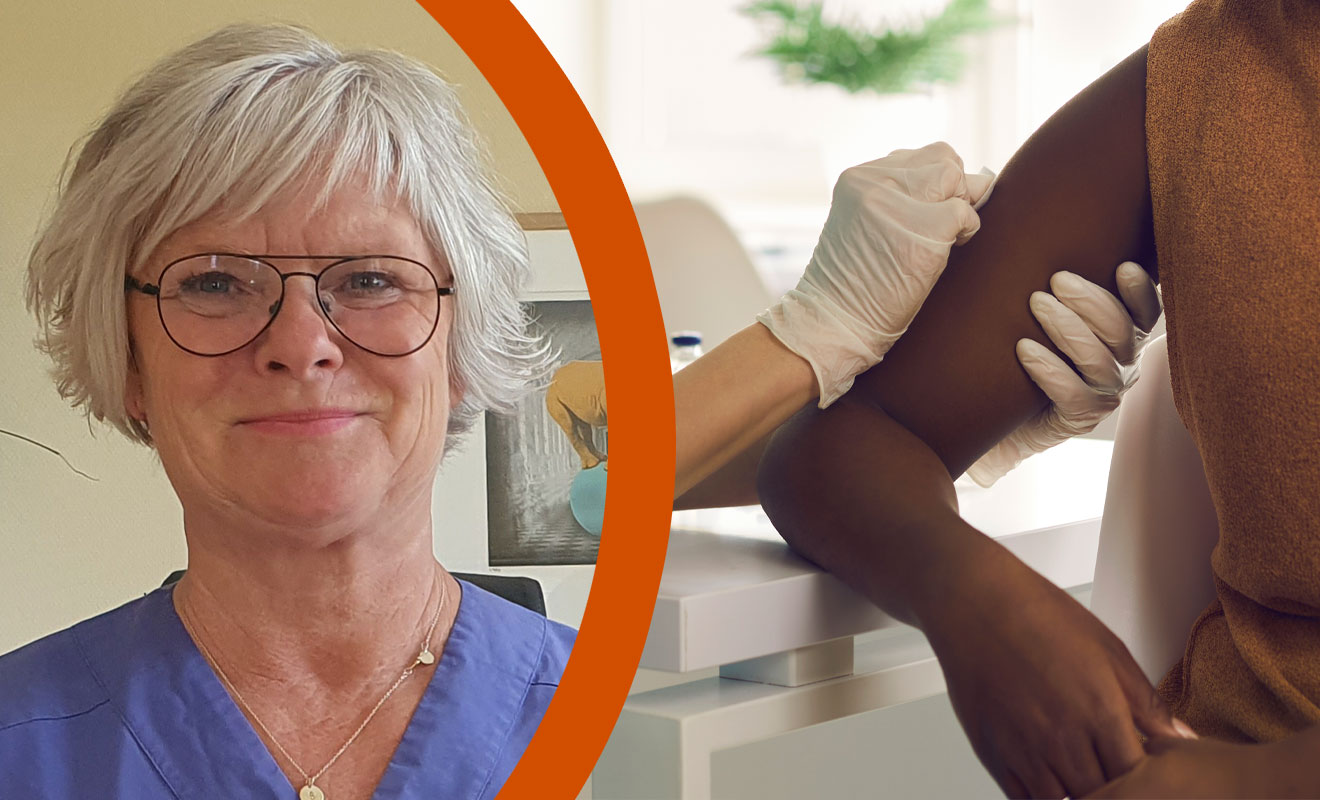Within five years, the goal is to eliminate cervical cancer in Sweden. In Värmland, Sandra Brunzel and her colleagues working in the field of maternal health care are in full swing vaccinating young women against HPV. But a shortage of midwives is slowing work in other areas.
Since last fall, women born between 1994 and 1999 have been given free vaccination with a new HPv vaccine. The vaccine protects against nine types of HPV viruses that may cause cervical cancer.
The vaccination offer is part of a national campaign in line with WHO’s 2020 strategy to eliminate cervical cancer. Through the cooperation of the Regional Cancer Center, Sweden has chosen to go to the front and become one of the first countries to reach the goal.
It affects 550 women annually in Sweden
Cervical cancer is the fourth most common type of cancer in the world with approximately 5,30,000 new cases annually.
In Sweden, about 550 women are affected each year.
Every year 150 women die of cervical cancer in Sweden.
At the Mörbo Gård Family Center in Sköga just outside Karlstad, this meant new measures regarding regular check-up reception. Midwife Sandra Brunzel and her colleagues received a training day before the start of last winter and prepared by reading informational materials together. The vaccinations are done as part of a study from Karolinska Institutet and the women must be followed for three years.
– Those who will be vaccinated provide an HPV self-test and fill out a health permit for the study. At first it was a bit chaotic, but now we’ve assigned a midwife in the waiting room to receive and help with documents, says Sandra Brunzel.
Vaccination fun
Most people choose to get vaccinated at the same time they get tested, and some want to go home and think a little. In case of hypersensitivity or allergy, women in the hospital are vaccinated instead. Sandra Brunzel believes the vaccination itself has worked smoothly.
– We have already been vaccinated against seasonal influenza, we are used to it. It was just fun with the other tasks. But I can understand that it may be more difficult for others, for example if you work alone at a reception, as you say.
At the beginning of the year, the district arranged so-called catch-up receptions for women born in 1996 and 1999, because they were recently called in for regular check-ups and risked missing out on the vaccination offer. With the help of retired midwives, they were able to reach the majority of women in those age groups very quickly.
Not all regions have progressed equally
Ulrika Nilsson Lidström is the dysplasia nurse at the Regional Cancer Center in Värmland and is responsible for the district’s vaccination campaign.

To date, about 1,700 women have received the new vaccine. This corresponds to approximately 20 percent of those who are expected to be vaccinated in our region. To achieve the goal of eradicating cervical cancer, 70 to 75 percent must be vaccinated, says Ulrika Nilsson Lidström.
Not all regions have progressed equally. The lack of midwives led to the campaign being outsourced to primary care and vaccination centres, for example in Västra Götaland, which delayed work due to protracted procurement.
Sandra Brunzel believes there is a big gain in the fact that women see a midwife when they need to be vaccinated.
– We can meet their other needs, such as prevention for example. Women have a high level of trust in us and this influences their willingness to be vaccinated, says Sandra Brunzel.

“Extreme tv maven. Beer fanatic. Friendly bacon fan. Communicator. Wannabe travel expert.”







More Stories
Why Rare Earth Metals for Electric Cars Are Crucial for Modern Mobility
“We want to promote critical rules approach”
“A lot happened during the trip,” Jönköping County Council